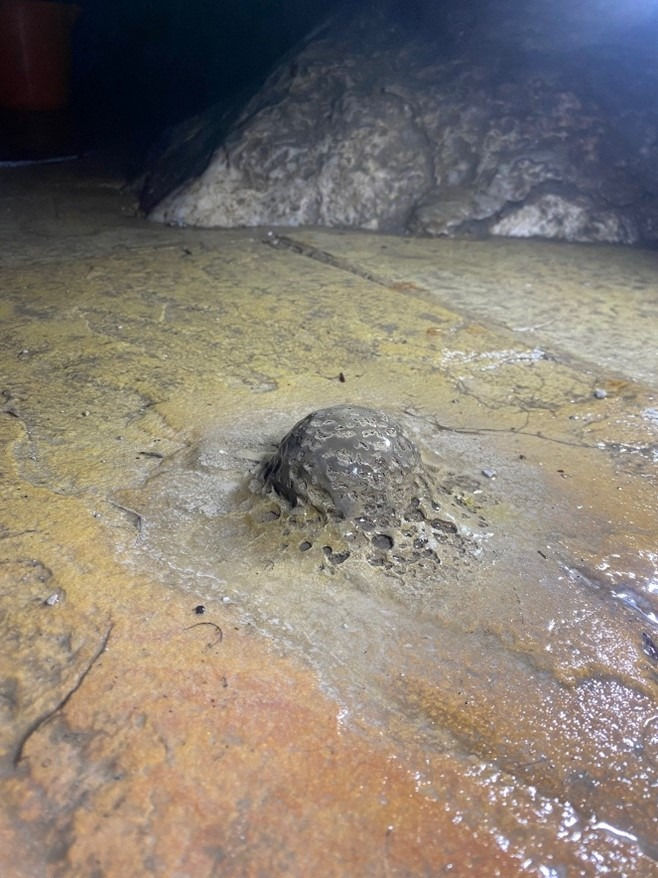What is the true impact of visitors on cave climate?
- Andi Smith

- Feb 14, 2022
- 2 min read
Pathways, railings, and lighting are just some of the many potential human modifications that can be seen in tourist caves such as Poole’s Cavern. But what affects do the tourists themselves have on the cave climate; what happens to temperature when entry is forbidden and the lights go out? Dr Matt Rowberry is a speleologist and data scientist at the Institute of Rock Structure & Mechanics, Czech Academy of Sciences, in Prague, who is trying to tackle these questions using cave monitoring data from Poole’s Cavern.
Visitors to tourist caves are often confronted by signs of human modification to the underground environment. Some of these changes are easily recognised - such as the graffiti etched into walls or the lurid green lampenflora sprouting from them - while others are less conspicuous - not many notice the accumulations of soot molded on the surface of Poole’s Cavern, the legacy of past gas lighting. But how much of an impact do the visitors themselves have on the subterranean climate of a tourist cave? Surprisingly little research has been done of this topic. The problem is twofold: on one hand, you need a cave equipped with numerous sensors collecting high frequency readings while, on the other, you need a period in which the cave is closed. And tourist caves almost never shut completely.
Enter Covid.

Image credit: Dr Matt Rowberry. Poole's Cavern fully lit with artificial lamps but with no tourists currently in the cave.
While much of the world ground to a halt, the sensor mesh at Poole’s Cavern kept streaming data in real time. Consequently many unprecedented datasets are now freely available for anyone to download and investigate for themselves. We’ve had a dabble, comparing air temperature between March and July 2019 - when the cave operating as normal - with the same period in 2020 - when all visitors were forbidden. And what have we found? Visitors clearly contribute to small, short term, increases in the air temperature. Such increases are most apparent as tour groups move further into the cave and the space becomes more restricted. Nonetheless there are no significant statistical differences between the temperature data recorded in 2019 and 2020. This surprises us a little and needs to be looked at in greater depth.
There remains much to be done!
For those interested in learning more about this work a publication has been written, a link to which is now on the publications page of this site. The paper is entitled: Exploring the impact of tourists on cave air temperatures: a Covid-19 case study from Poole’s Cavern, Derbyshire, UK.



Comments